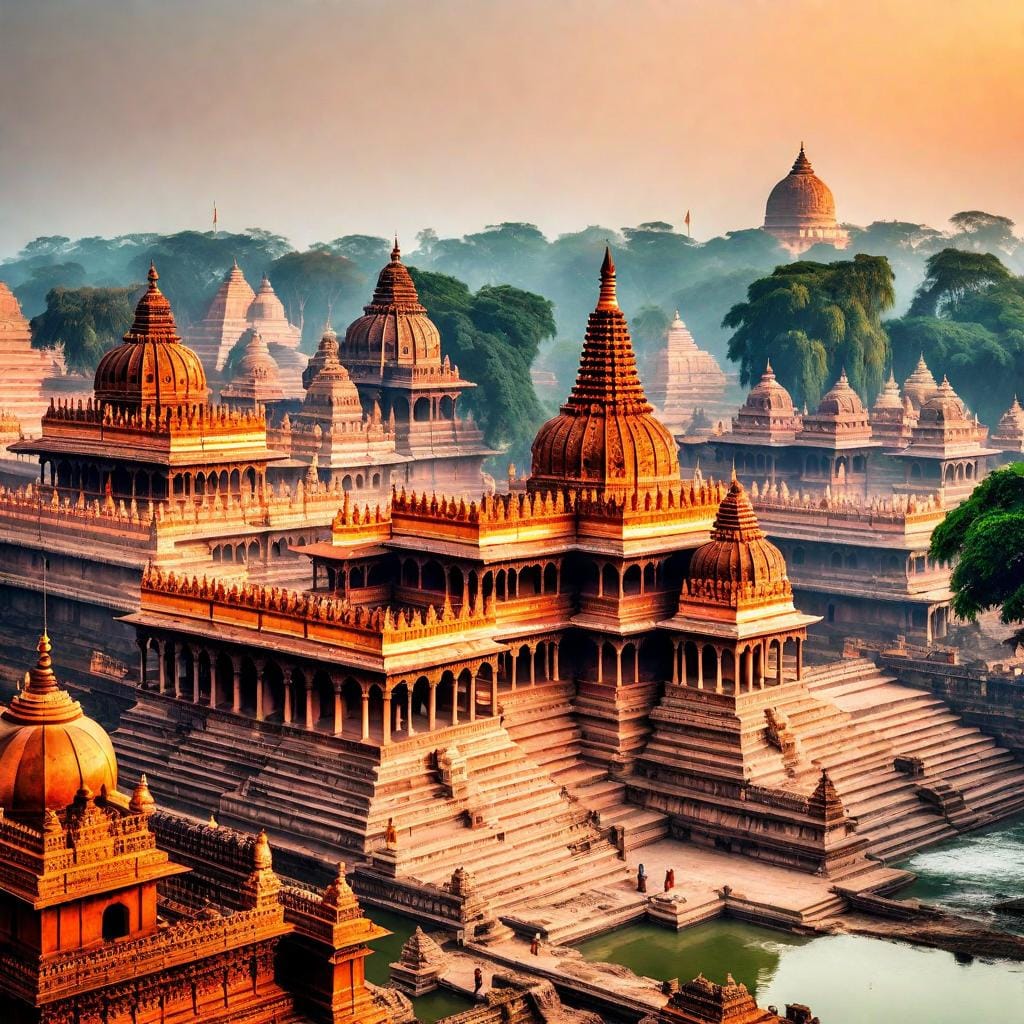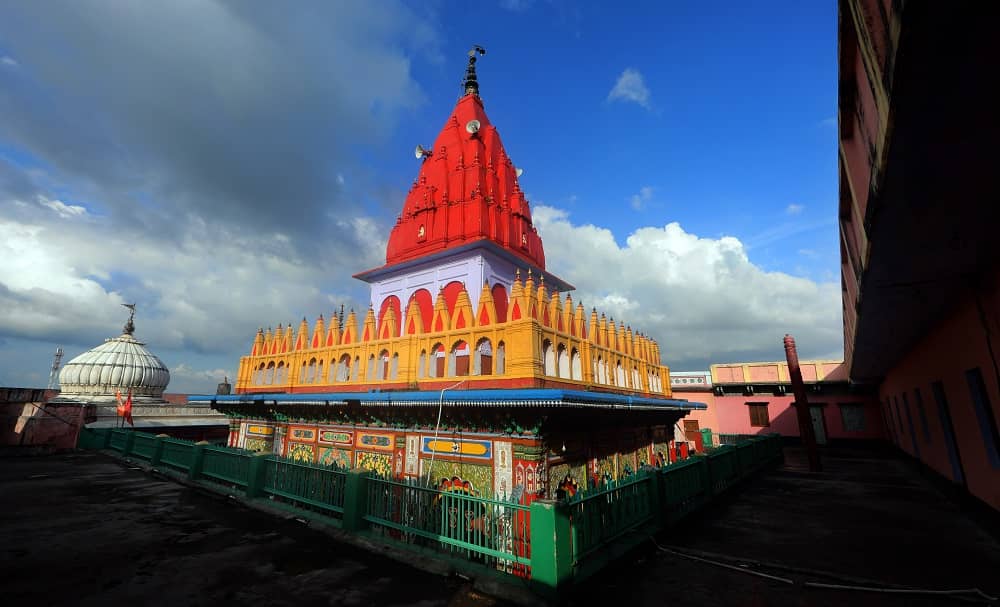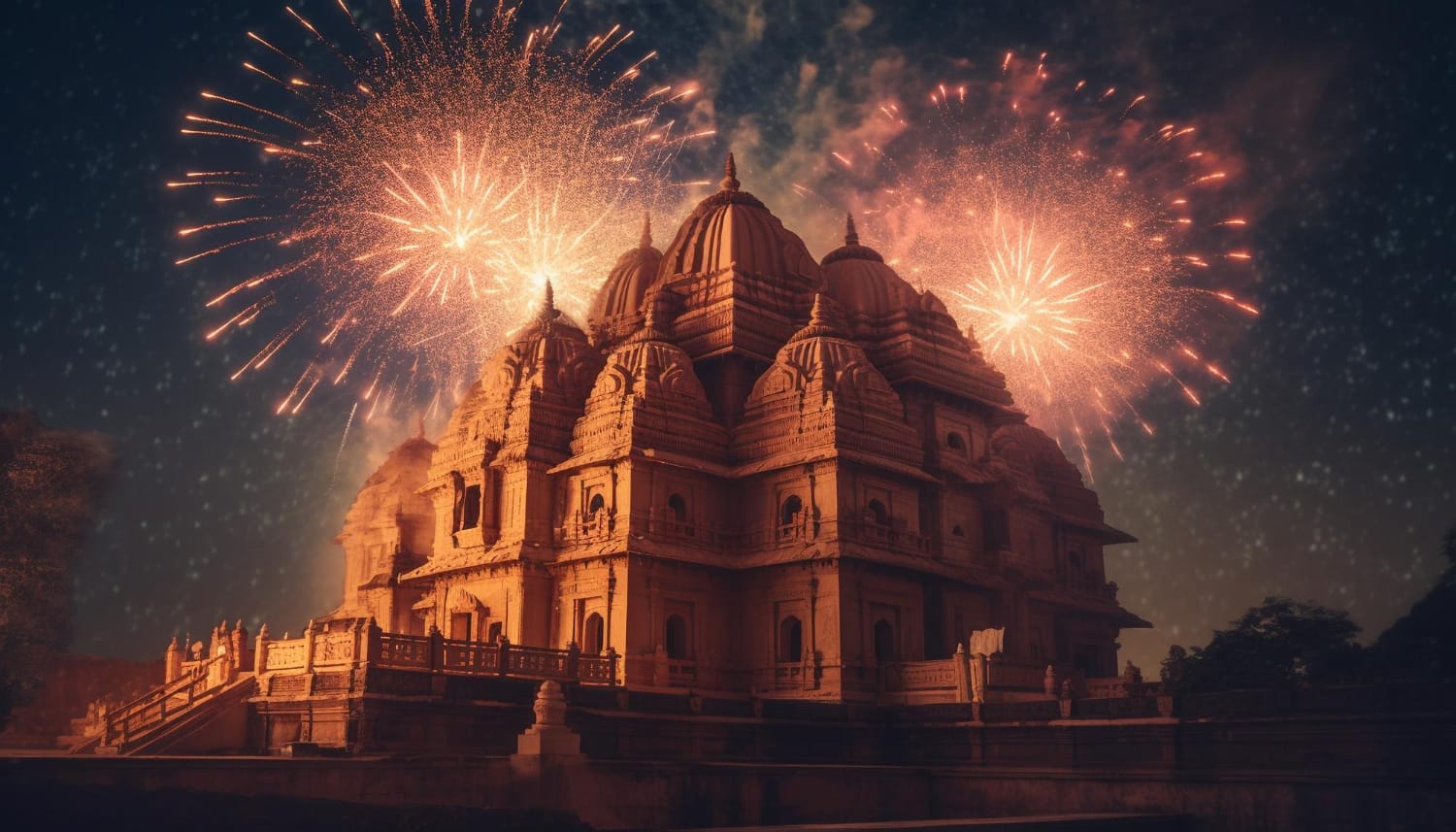Ayodhya, the ancient city nestled along the banks of the sacred Sarayu River, holds a profound significance in Hindu mythology and spirituality. Revered as the birthplace of Lord Rama, it is a place where history merges with mythology, and spirituality intertwines with everyday life. In this blog post, we embark on a journey through Ayodhya's cultural landscape, delving into its rich tapestry of Hindu mythology, sacred sites, and timeless spiritual significance.
Birthplace of Lord Rama: According to Hindu scriptures, Ayodhya is the revered birthplace of Lord Rama, the seventh avatar of the Hindu god Vishnu. The epic Ramayana, composed by the sage Valmiki, narrates the life and adventures of Lord Rama, from his birth in Ayodhya to his exile in the forest, and his eventual return to reclaim his rightful throne. This timeless saga of righteousness, devotion, and dharma continues to inspire millions around the world, reinforcing Ayodhya's status as a sacred pilgrimage site.

Sacred Sites and Temples: Ayodhya's cultural landscape is adorned with temples, ghats, and sacred sites that bear witness to the timeless saga of Lord Rama. The revered Ram Janmabhoomi, believed to be the birthplace of Lord Rama, is a focal point of Ayodhya's spiritual allure, drawing devotees from far and wide. Other significant sites include the Hanuman Garhi temple, dedicated to Lord Hanuman, and the Kanak Bhawan, known for its exquisite architecture and religious significance. Each temple and sacred site in Ayodhya resonates with the spiritual vibrations of centuries-old devotion, inviting pilgrims to experience the divine presence of Lord Rama.

Spiritual Significance: Beyond its historical and mythological associations, Ayodhya holds a deep spiritual significance for devotees and seekers alike. The city's serene ambiance, coupled with the sanctity of its sacred sites, fosters an atmosphere of introspection, prayer, and spiritual contemplation. Pilgrims visit Ayodhya to seek blessings, offer prayers, and immerse themselves in the divine energy that permeates the city's spiritual landscape. Whether performing rituals on the ghats of the Sarayu River or meditating in the tranquil surroundings of ancient temples, Ayodhya offers seekers a sacred space for spiritual rejuvenation and inner peace.

Cultural Heritage and Legacy: Ayodhya's cultural heritage is not confined to its spiritual significance alone; it extends to its vibrant festivals, arts, and traditions. The city comes alive during festivals like Diwali and Ram Navami, celebrating the glory of Lord Rama with grandeur and devotion. Ayodhya's artistic legacy, encompassing music, dance, and traditional crafts, reflects the city's cultural vibrancy and artistic excellence. From intricate wood carvings to vibrant folk art, Ayodhya's cultural heritage serves as a testament to its timeless allure and enduring legacy.

As we conclude our journey through Ayodhya's spiritual tapestry, we are reminded of the city's timeless significance as a beacon of Hindu mythology and spirituality. From the revered birthplace of Lord Rama to the sacred sites and temples that adorn its landscape, Ayodhya continues to captivate devotees and visitors with its rich cultural heritage and spiritual resonance. As pilgrims embark on their spiritual odyssey to Ayodhya, they are greeted with the divine presence of Lord Rama, inviting them to experience the eternal bliss of devotion and dharma in this sacred city.



